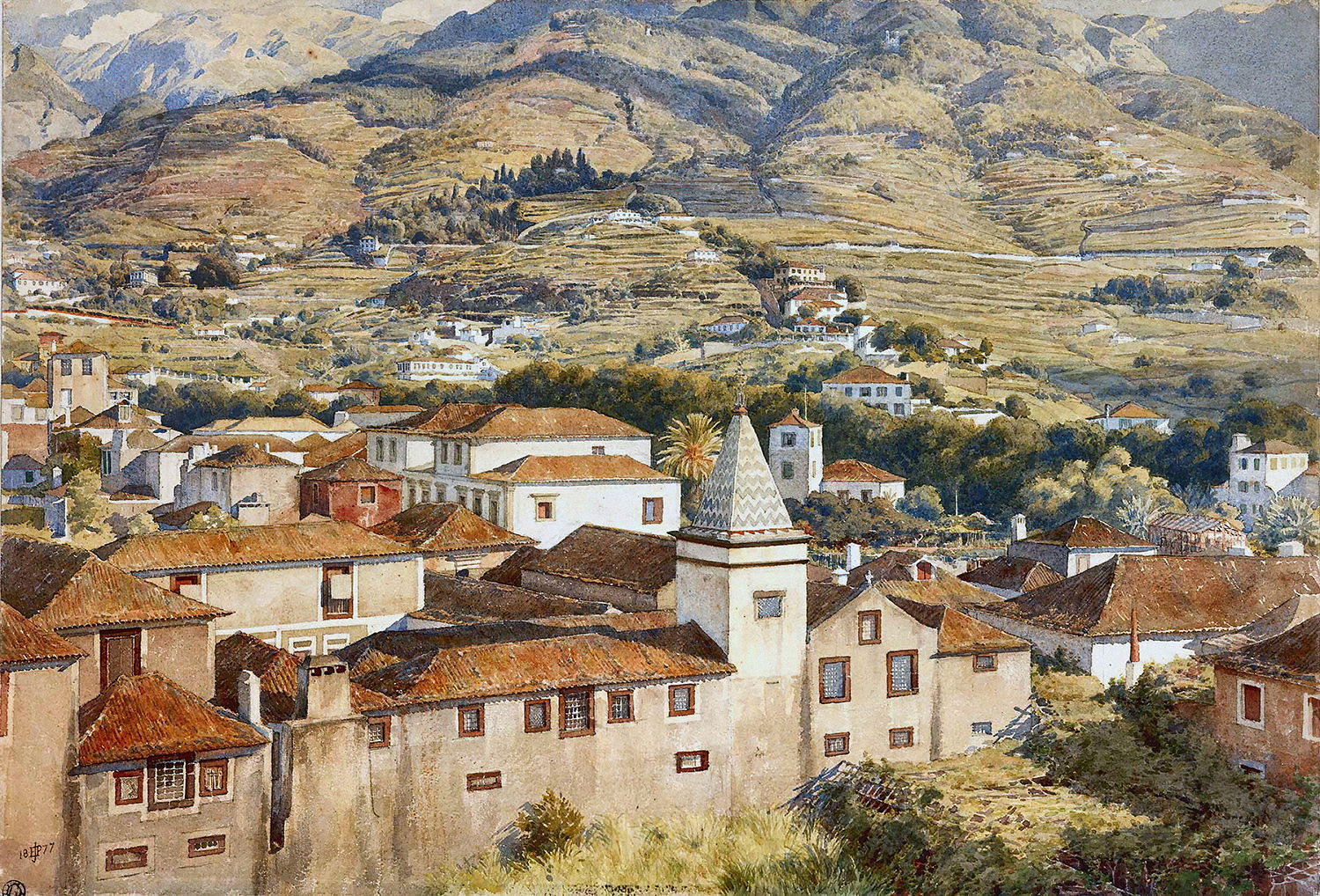
The island of Madeira was colonized in 1425, after the initial discovery of Porto Santo in 1418 by three Portuguese sailors under the command of Prince Henry the Navigator (“History of Madeira Island” para 4). The following year, the sailors were told to further explore what appeared to be “a dark mass of clouds on the southern horizon” (para 3). This exploration would lead to the discovery of Madeira and King John I of Portugal would order for the island to be colonized in 1425 (para 4). Sugar cane would be introduced to the island, which would make Funchal, Madeira a main point of trade for Europe. However, it was in the seventeenth century that wine was...
more